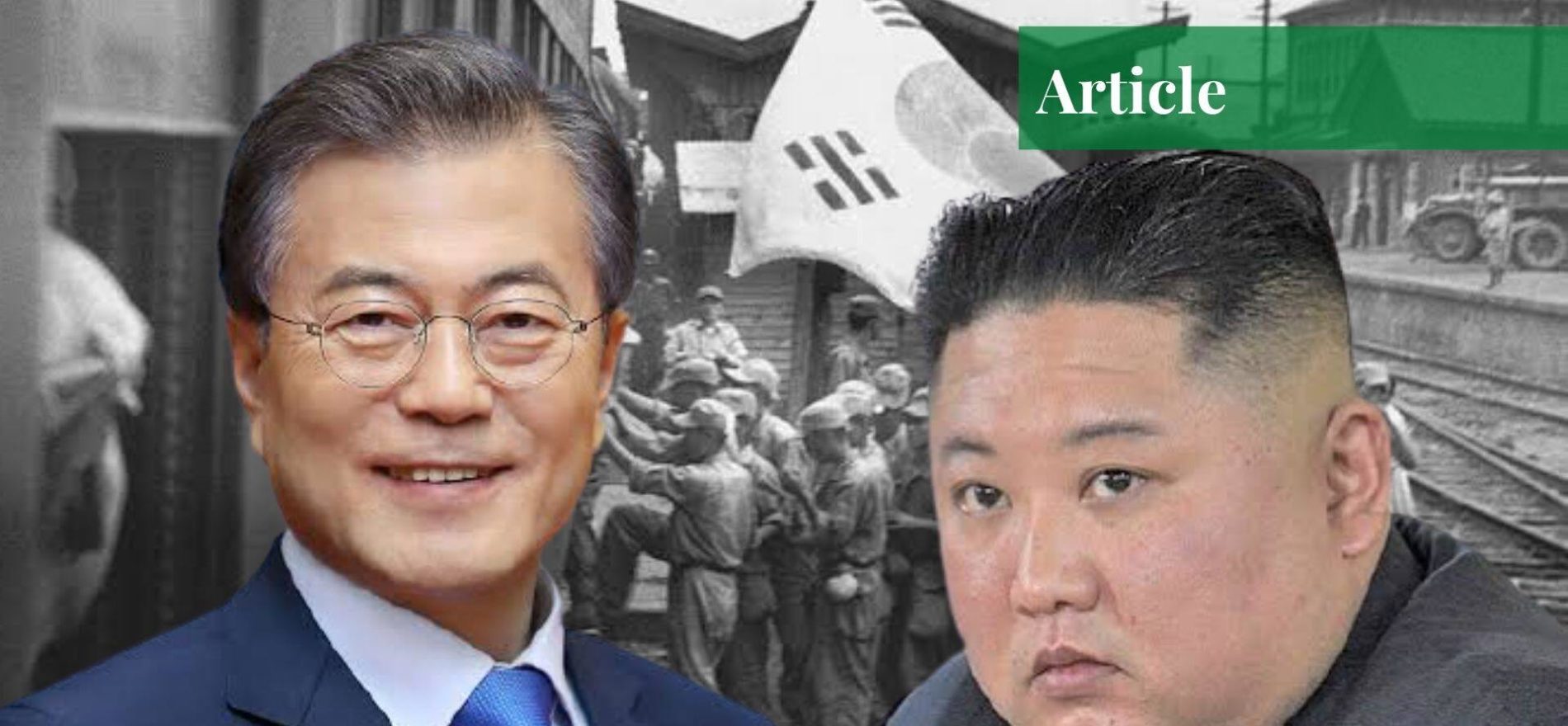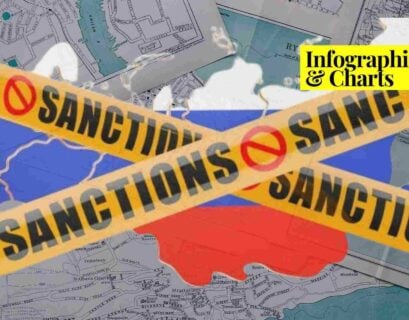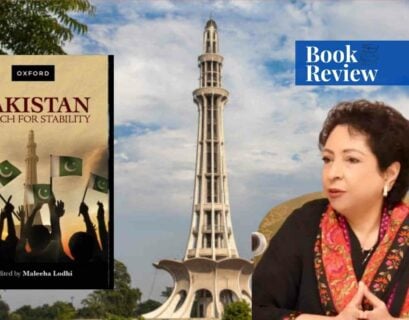Hammad Khan is a freelance writer. He has a bachelor's degree in political science from the University of Peshawar.
Why Did the War in Korea Start?
The Korean War started on June 25, 1950, when hostilities erupted across the 38th parallel – the demarcated boundary between North and South Korea. The war in Korea evolved into a full-scale international conflict in June 1950 when about 75,000 troops from Soviet-backed North Korea raided through the 38th parallel into the pro-Western Republic of Korea (ROK) to the south.
Upon the incursion, United Nations and the United States, as principal partners, entered the war on behalf of South Korea, while the People’s Republic of China came to North Korea’s aid. It is considered the first military action of the Cold War by many political analysts. About 2.5 million people lost their lives in the war in Korea.
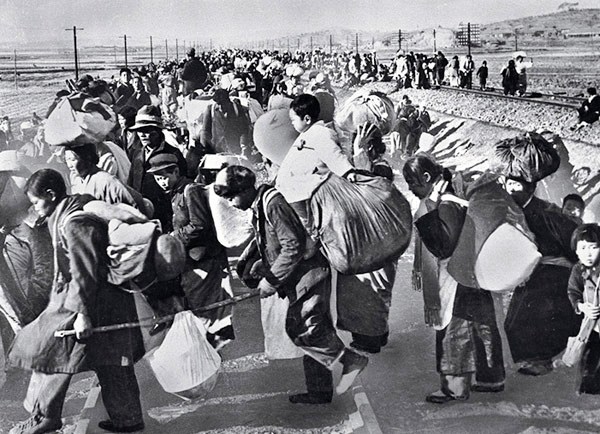
The series of aggression between the two sides ended in July 1953 with mounting deaths resulting in nothing, leaving Korea divided into two separate hostile states. The 38th parallel is still accepted as the de facto boundary between North and South Korea.
Nature of the Korean War
In the Korean War, which continued for three years, millions of Koreans lost their lives on both sides, including civilians and soldiers. According to the records, thousands of Chinese soldiers and more than 36,000 US troops were preyed on by the war in Korea. However, there is no substantial proof of the US declaring war, formally, on China, North Korea, or the Soviet Union.
Nevertheless, the US partnered with the UN and lead its expeditionary forces as it could not declare war. So, by nature, one cannot relate to the Korean War as a technical war as no state voiced any formal political statement.
Moving Towards a Peace Agreement
In 1953, when an armistice brought down the Korean War, it left the Koreans on both sides in a dilemma as no peace treaty was signed. The current president of South Korea, Moon Jae-in, publicly and very resiliently expressed optimism in his approach to end the 70-year-old war in Korea. Moon wanted to carry out an agreement involving all the participants of the Korean War, including China and the US, in particular, and declare a formal end to this war which will prosper the Korean peninsula.
Moon reiterated that an end to the war in Korea would bring peace to the region. Most importantly, it would result in the denuclearization of the zone. While Moon was enthusiastic in his approach, Washington’s reaction to the deal was the opposite, exhibiting reluctance.
According to US National Security Adviser Jake Sullivan, the US had a very different perception regarding the agreement. It wants to take each step very precisely as this walk into the deal is like a step into the void for it. However, after a round of talks, North and South Korea, the US, and China have ultimately agreed “in principle” to end the 70-year-old conflict.
Moon’s Enthusiasm Is the US’ Impassiveness
The reunification of the Korean Peninsula is considered a top-priority agenda in President Moon’s last days in office. But the US still acknowledges the agreement to be more friendly towards North Korea and China than to South Korea and itself. The US’ reluctance is seen from the fact that it perceives Moon’s rush towards the agreement as an “obsession” as he is spending the last days of his presidency.
Furthermore, the deal favors North Korea more by giving it significant room to make demands to halt all joint military exercises between South Korea and the US and to remove all of the economic sanctions on North Korea. Apart from this, the US believes that North Korea, Russia, and China can ask about the United Nations Command in the Korean region if the agreement is signed.
They can claim that all the participants agreed to the peace deal after the war in Korea ended. Hence, there is no need for the US and South Korea to hold any joint military exercises and have United Nations troops around anymore. The US claims that it perceives the situation as a strategic reality, and the peace agreement could turn into a trap.
What Are North Korea’s Bids for Peace Agreement?
It seems that the only thing North Korea is worried about is the US and its involvement in South Korea. According to the reports, Kim Yo-jong, the sister of the mighty North Korean leader Kim Jong-un, remarked that the country would be in talks with the US only if it dropped its hostile policies against North Korea.
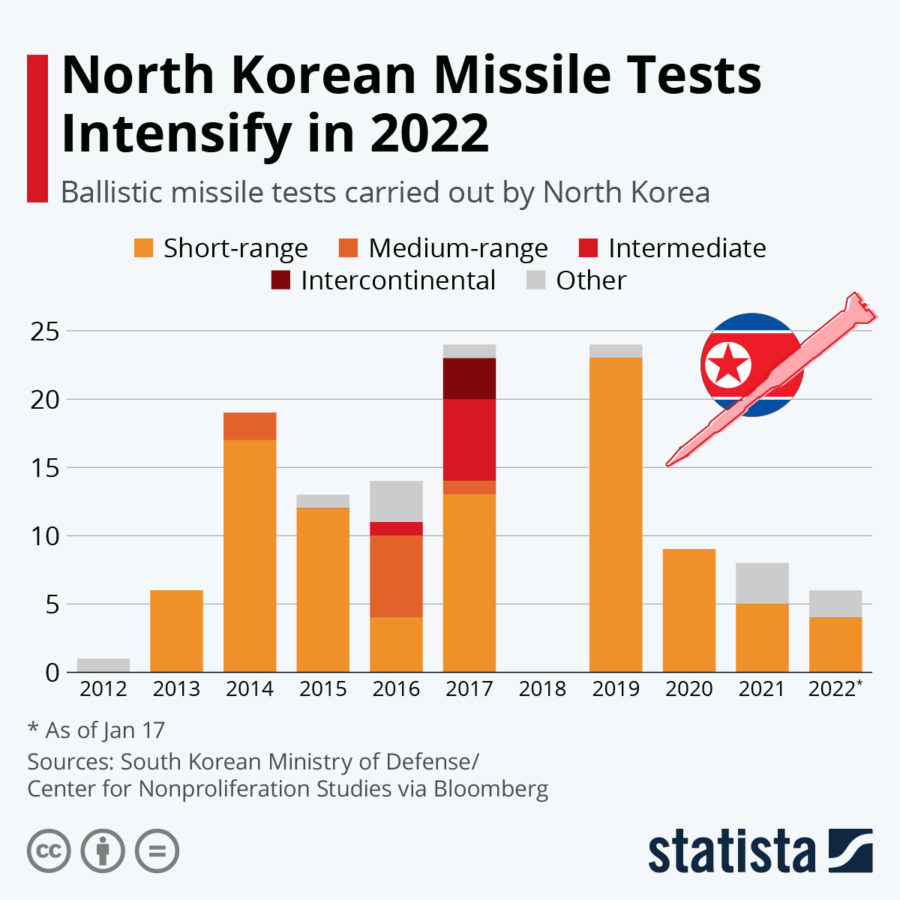
The North Korean demands give a clear image of what Jake Sullivan depicted from the positive stance of the North Korean administration towards the peace agreement. North Korea not only asked for an end to the joint military exercises between the US and South Korea but also, demanded the removal of the US-led sanctions against the North Korean weapons program. In return, the US has argued that it could only drop the sanctions if North Korea abandoned its nuclear program.
Conclusion
As Moon’s presidency is coming to an end, the peninsula’s reunification seems to be his last summit, bringing permanent peace to the region. The current situation is considered more gloomy than ever as there has been no progress between North and South Korea.
President Moon is optimistic that the talks will soon surface, albeit with mounting challenges. On the other hand, the Biden administration feels hopeful about the initiation of the negotiations but is reluctant at the same time since the agreement might have repercussions for South Korea and the US. It assumes that North Korea will get rewarded for no guarantees in return.
Two distinct scenarios emerge from the ongoing deadlock. One version is the optimistic one which regards the agreement as a diplomatic gesture giving North Korea security guarantees. The other implies that the agreement could be used against South Korea and the US, bringing down their joint military exercises and the American military presence in South Korea.
For President Moon, bringing all parties to the table is a job well-done, but making them agree on equal terms would be lackadaisical.
If you want to submit your articles, research papers, and book reviews, please check the Submissions page.
The views and opinions expressed in this article/paper are the author’s own and do not necessarily reflect the editorial position of Paradigm Shift.
